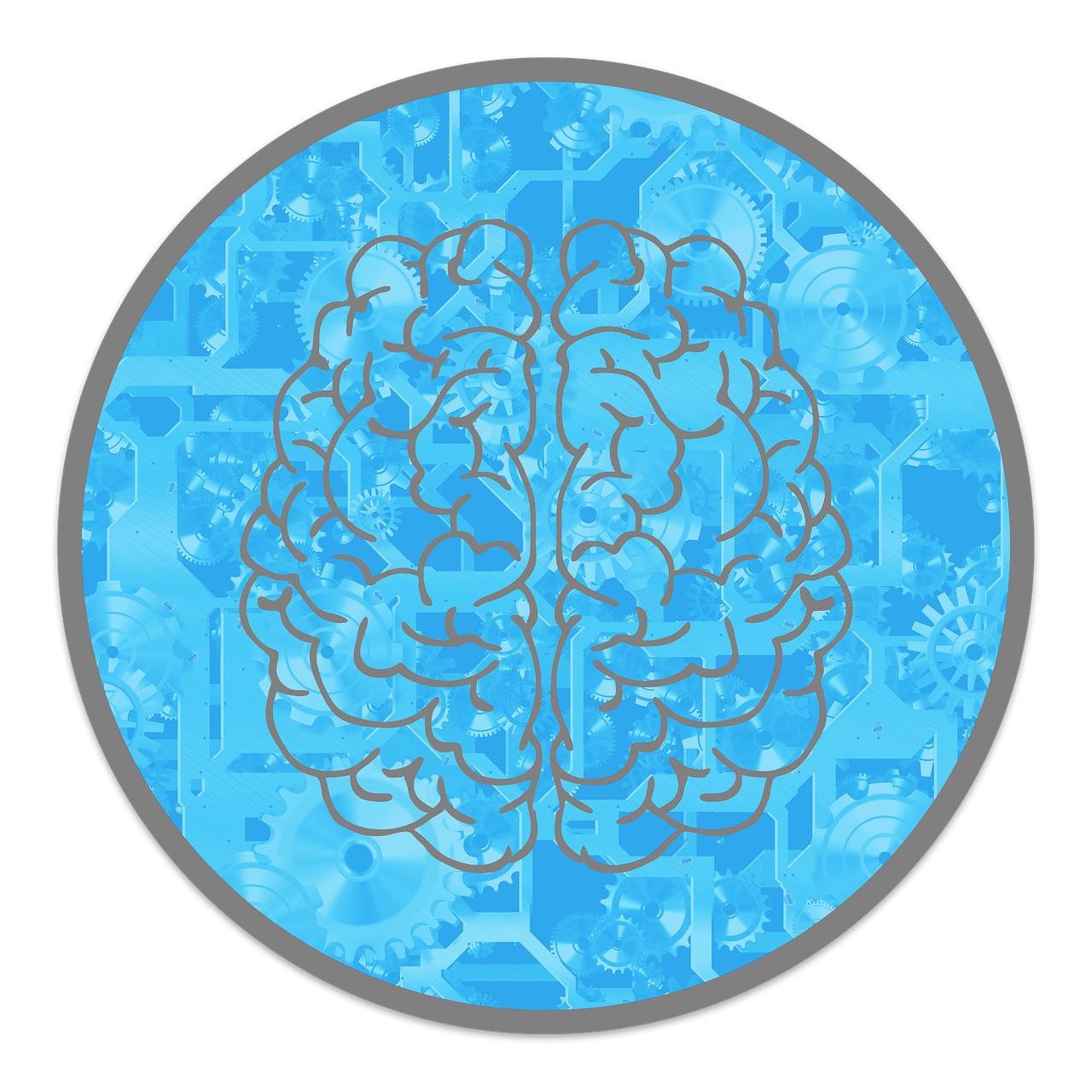
When we think of prehistoric humans, images of crude cavemen wielding clubs and living primitive lives often come to mind.
However, much of what we “know” about early humans is rooted in myths and misconceptions perpetuated by outdated science, popular media, and assumptions.
It’s time to debunk these myths and uncover the truth about our ancient ancestors.
Myth 1: Cavemen Lived in Caves All the Time
One of the most enduring myths is that prehistoric humans lived exclusively in caves.
While early humans occasionally used caves for shelter, particularly in harsh weather, most of their lives were spent outdoors.
Archaeological evidence shows that early humans built a variety of temporary shelters using materials like wood, animal hides, and stones.
Caves were convenient because they preserved artifacts and paintings over millennia, but they were not the primary homes of prehistoric humans.
Fun Fact: Some of the most famous prehistoric art, like the paintings in the Lascaux Caves in France, provides evidence of early human creativity rather than their living quarters.
- Read also: The Candaces of Meroe: Queens of Power and Legacy
- Read also: A Comprehensive Guide: Unraveling the Medieval Era Timeline
Myth 2: Early Humans Were Brutish and Constantly at War
The stereotype of early humans as violent brutes is a gross oversimplification.
While conflicts likely occurred, archaeological and anthropological studies suggest that cooperation and social bonding were vital for survival.
Early humans lived in small, tight-knit groups that relied on collaboration for hunting, gathering, and protecting one another.
Studies of modern hunter-gatherer societies, which share similarities with prehistoric lifestyles, reveal that sharing resources and communal living were central to survival.
Supporting Evidence: A study published in Nature Communications highlights that early humans had a strong sense of empathy and community, as seen in evidence of caregiving for injured or elderly members of their groups.

Myth 3: Early Humans Were Unintelligent and Unskilled
It’s easy to dismiss early humans as unintelligent compared to modern standards, but this couldn’t be further from the truth.
Early humans were incredibly resourceful, inventing tools, mastering fire, and even creating art tens of thousands of years ago.
For instance, the discovery of stone tools dating back 2.5 million years shows that early humans had problem-solving abilities.
Similarly, the crafting of intricate jewelry and the development of early language reflect significant cognitive and cultural sophistication.
Example: The Venus figurines, small sculptures created during the Upper Paleolithic period, demonstrate artistic skill and symbolic thinking.
Myth 4: Everyone Lived at the Same Time and in the Same Way
Another common misconception is that all early humans existed at the same time and lived similar lifestyles.
In reality, multiple species of early humans coexisted, including Homo sapiens, Neanderthals, and Denisovans.
These groups lived in different regions and developed distinct cultures, diets, and technologies.
For instance, Neanderthals, often wrongly stereotyped as less advanced, were skilled toolmakers and even created symbolic art.
Interesting Fact: Neanderthals went extinct around 40,000 years ago, but genetic studies reveal that modern humans carry small percentages of Neanderthal DNA, indicating interbreeding.
Myth 5: Evolution Is a Linear Progression
Many people imagine human evolution as a straightforward path leading from apes to modern humans, but the reality is far more complex.
Evolution is not linear; it’s a branching tree with many offshoots, some of which led to extinction while others contributed to our genetic makeup.
For example, Homo erectus, which existed for nearly 2 million years, was not a direct ancestor of Homo sapiens but contributed to the diversity of the human lineage.
Evolution is better understood as a dynamic process with many experiments in adaptation.
Supporting Evidence: Fossil discoveries, like the “hobbit” species (Homo floresiensis) in Indonesia, highlight the diversity and complexity of human evolution.

Myth 6: Early Humans Were Purely Meat Eaters
While the “caveman diet” trend has popularized the idea that early humans primarily ate meat, evidence suggests that their diets were diverse and included a wide variety of plant-based foods.
Studies of dental remains and ancient cooking sites reveal that early humans consumed nuts, seeds, fruits, tubers, and grains.
This balanced diet was crucial for obtaining necessary nutrients, especially in environments where meat was not readily available.
Fun Fact: Charred remains of wild grains found on ancient grinding stones suggest that early humans were making flour over 20,000 years ago, long before agriculture.
Myth 7: Fire Was Discovered Overnight
The discovery and mastery of fire are often depicted as a singular “eureka” moment, but it was likely a gradual process that took thousands of years.
Early humans first encountered fire from natural sources like lightning strikes and slowly learned to harness and control it.
Fire provided warmth, protection, and a means to cook food, leading to significant advancements in health and social interaction.
Evidence from Wonderwerk Cave in South Africa shows controlled use of fire as far back as 1 million years ago.
Myth 8: Prehistoric Life Was Short and Miserable
While it’s true that life expectancy was lower in prehistoric times due to disease, injury, and environmental hazards, this doesn’t mean life was constant misery.
Many early humans lived healthy, active lives, and those who survived childhood could live into their 40s or 50s.
Research also suggests that prehistoric humans had fewer chronic diseases like heart disease or diabetes, likely due to their active lifestyles and natural diets.
Supporting Evidence: A study in The Lancet found that hunter-gatherer communities today have significantly lower rates of cardiovascular disease compared to industrialized societies.

Myth 9: Gender Roles Were Strictly Defined
It’s often believed that men were the hunters and women were the gatherers in prehistoric times.
However, this idea is too simple and doesn’t fully reflect the reality of early human life.
Archaeological findings show that both men and women took on a variety of roles, including hunting and making tools.
For example, a study published in Science Advances in 2020 uncovered evidence that women in ancient Peru were actively involved in hunting large game.
This challenges the long-standing belief that only men were hunters, showing that gender roles were more flexible than we previously thought.
Myth 10: Prehistoric Humans Were Isolated
Another common myth is that early humans lived in isolated groups, cut off from one another.
In reality, evidence shows that prehistoric humans were part of larger interconnected networks.
They often engaged in trade, cultural exchanges, and even interbreeding with other groups.
For example, the discovery of beads and tools hundreds of miles from where they originated suggests that prehistoric people traded goods and communicated over long distances.
This points to a more connected world than we once assumed for early human societies.
- Read also: The Rise and Fall: A Journey Through Babylonian Empire Timeline
- Read also: Kush Empire Timeline: A Journey through Ancient African History
Final Thoughts
Our understanding of prehistoric humans has come a long way, but many myths persist.
Early humans were far from the brutish caricatures often portrayed in popular media.
They were intelligent, resourceful, and adaptable, laying the foundation for the modern world we live in today.



